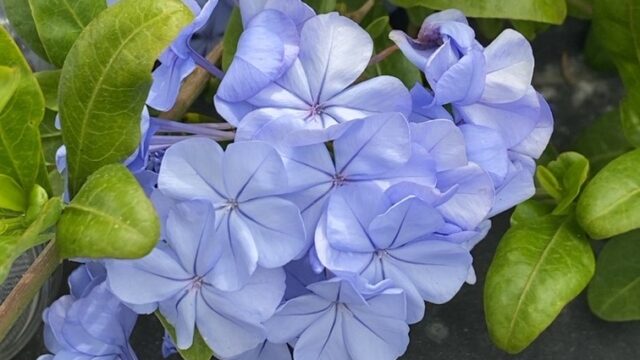I am attaching Chapter 1 of my new book, The Good Monkey Mind, so that you can respond creatively and provide whatever feedback you deem appropriate.
I truly appreciate it.
In a previous commentary, I encouraged everyone to practice stillness during this new year and assured you that touching such stillness, even for the briefest moment, would help you gain a feeling of contentment. It would also likely lead you to want to continue practicing. Today, I want to describe how touching stillness affected me in a positive and creative way.
Stillness is the attitude I adopted that “life is perfect as it is” or more prosaically that “life is what it is.” Not perfect in an ideal or Platonic sense, but as the only outcome out of a set of possibilities given the history and circumstances of each moment. I accept this reality in a willing, loving manner, and doing so from moment to moment gives way to a stillness of mind. Accepting the reality of the moment does not mean I am resigned to what life brings. The mystery is that within this acceptance lies the enormous creativity of the universe to engage and provide solutions that lead to wise change.
Like any skill, practicing mind stillness requires effort. This means keeping the “perfection of life” top of mind, especially when negative things occur. As I continued the effort, it became less conscious and more automatic – until the openness and acceptance remained without conceptual mentation. One of the first things I noticed as my practice grew was how less emotionally reactive I became to the surrounding turmoil. My emotions did not disappear or become muted—I actually felt more. The difference consisted in my response to those feelings. I did not immediately become anxious, fearful, or lash out in anger. I had the space and time to consider the unfairness or sadness of the circumstances, to feel them, but then consider how I could do something about it.
More than anything, the practice of stillness produced a joy that was totally unexpected. This joy is a fullness, closer to contentment than to happiness, even as the world seems to be more and more chaotic. Again, it isn’t a defeatist or resigned attitude but a perspective that says, “ok, this is how it is, now, what can I do about it?” This viewpoint leads me to not only follow the masking and distancing recommendations but also to volunteer to take part in the Moderna vaccine trials or be a volunteer to vaccinate people. The outcome of the vaccine trials has proven it was the correct decision. Hence, the more I practice stillness, the stronger my confidence grows about the intuitions that arise, and the more faith I place on those intuitions. It is a positive feedforward, self-fulfilling, and satisfying process.
I have asked myself about this “faith,” which has echoes of an early religious upbringing. It is a kind of faith my skepticism as a neuroscientist had displaced. My increased openness to it is something that developed as I continued my stillness practice. I struggle with it, in the sense that I resist it, something I relate in my autobiography, Piercing the Cloud. In the end, however, I see using the scientific method and intuition as complementary strategies to know and engage the world. Both are powerful yet distinct ways to approach and know truth. At our best, our brain-mind accommodates and uses both strategies to respond to life creatively.

